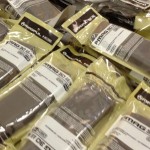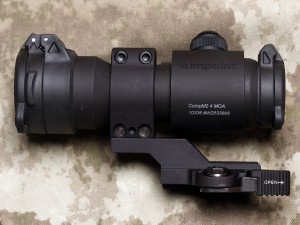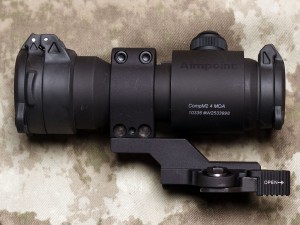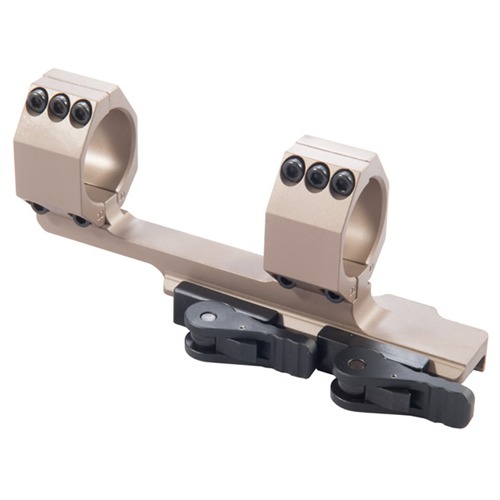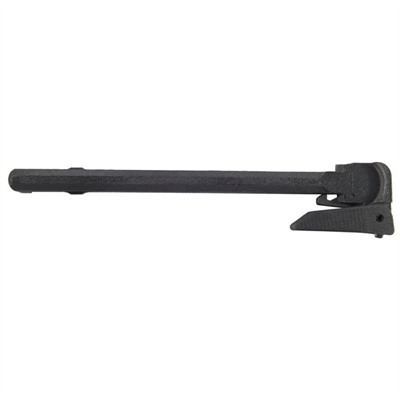ARMY Announces Carbine Competition Details
ARMY Announces Carbine Competition Details
The Army has outlined the competition that will select the best new carbine — and one that ultimately will face off against the improved M4A1 in a battle to become your next weapon.
The overall schedule of competition, testing, production and fielding is approximately three years to first unit equipped.
A draft solicitation to industry released Monday morning said the down-select will occur in three phases covering two years. The Army will host an industry day in March or April to solicit feedback and answer specific industry questions. The final solicitation will go out in May, and competitors typically have a couple of months to present their submissions.
The weapons will then square off in what officials have described as “extreme and extensive” tests expected to last 12 to 18 months. The Army will fire more than 2 million rounds to produce piles of data. Weapons will be tested to their destruction point and to determine whether they maintain accuracy throughout their life cycle — something the military has not tested before. A weapon typically loses accuracy as it ages.
No caliber restriction has been placed on a new design. It will be at least a 500-meter weapon and have a higher incapacitation percentage. It can have a gas or piston system. Interchangeable barrel sizes and calibers are not required, but many early contenders such as the FNH SCAR and Colt CM901 already incorporate this capability.
As the $30 million carbine competition is conducted, the Army also will move forward with the second half of its “dual path” strategy — an overhaul of the M4. The first phase essentially distributes an improved M4A1, which is notable for its heavier barrel and automatic fire. The heavier barrel reduces warping and erosion, resulting in better performance and longer life. It also allows for a higher sustained rate of fire. The Army also is adding ambidextrous controls.
The second phase will focus on increasing the M4’s effectiveness and accuracy, with emphasis on the bolt, bolt carrier assembly and the forward rail assembly.
The third phase, focusing on the operating system, will begin in about 18 months. The goal is to improve the gas system by allowing less gas and dirt in, or replacing it with a conversion kit.
Once the carbine competition’s winner is determined, the Army chief of staff will determine whether the service should go with the top carbine or the improved M4 as it recapitalizes the force. In an era of diminishing budgets, the winning carbine must hit financial goals as well as it hits targets.
This reality is not lost on the manufacturers. Remington, for example, had four carbines on display at the 2011 SHOT Show in Las Vegas last month. On one side there was an M4A1 and another M4A1 with a few more improvements. On the other side was the Adaptive Combat Rifle and the Modular Gas Piston.
While the ACR is Remington’s prized carbine, the MGP presents an improvement over the M4A1 at a lower cost than the ACR and its fellow competitors, said Jason Schauble, vice president of Remington’s Defense Division. The ACR will cost less than the M4, and the MGP will coss “far less,” he said.
An M4 runs about $1,300 per copy.
Schauble said he feels the carbine competition will be “a fair and honest” endeavor, but he is not convinced the winner will become the Army’s weapon of choice. With an eye on diminishing defense dollars, he has shown Remington’s ability to produce the M4A1.

